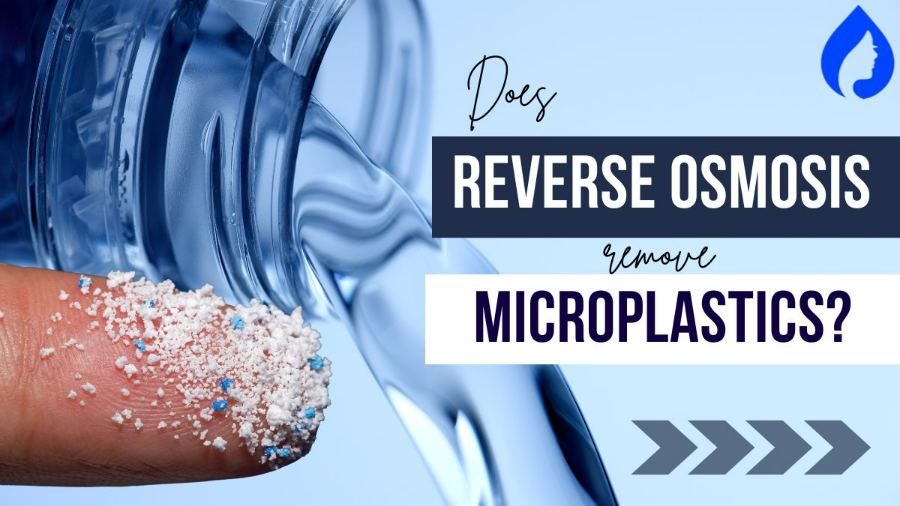
Microplastics are tiny plastic chunks of size less than 5 mm which can enter the human body from drinking water and cause:
So the question is how to remove these tiny plastic particles from drinking water, and Does Reverse Osmosis Remove Microplastics?
Here’s the truth:
Only RO with carbon pre-filters, having a pore size of 0.0001 microns (approx), can effectively eliminate these tiny plastic particles from drinking water.
Continue reading for an in-depth guide on how Reverse Osmosis systems remove microplastics and other cost-effective elimination methods.
How Do Reverse Osmosis Filters Remove Microplastics From Drinking Water?
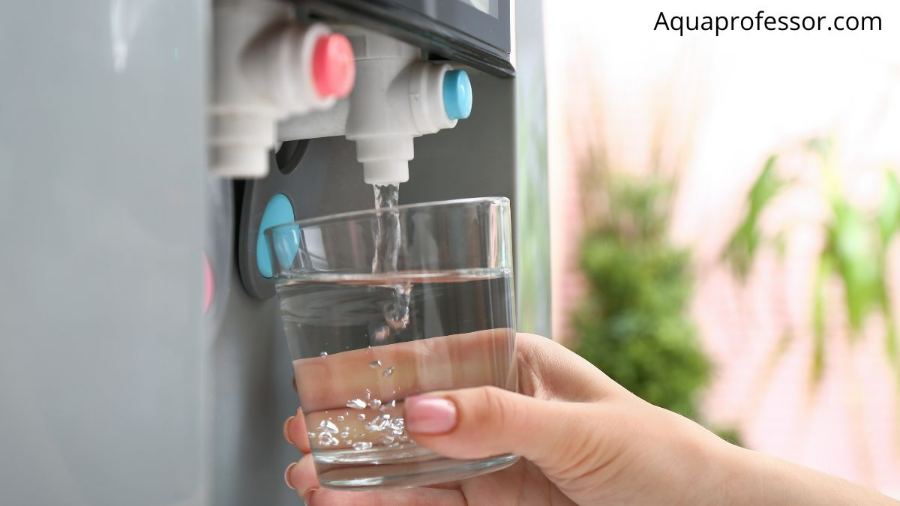
In the reverse osmosis filtration system, the suspended plastic particles in the raw water are pressurised to travel through varied semipermeable membrane systems to disinfect and purify water.
As a result, the solid microplastic particles and other harmful contaminants get stuck in the tiny pores, and you get safe and filtered water fit for drinking.
Here’s the complete breakdown of how Reverse Osmosis filters eliminate microplastics and purify water:
Also Read: How Often To Change RO Filter Cartridge?
Why Is RO The Best Method To Remove Microplastics?
The size range of microplastics varies from 100 nm to 5 mm. The RO filtration systems comprise a 0.1-micron rating. So, they can efficiently filter micro-contaminants of size less than 100 nm, thus generating clean drinking water in the process. That is why RO is the best method to remove these tinier plastic particles.
Here are the advantages and disadvantages of utilizing an RO filtration system composing carbon pre-filter to eliminate microplastics:
Pros of RO Filtration Method
- Abolishes harmful contaminants, including bacteria
- Yearly expenditures on maintenance are reasonable
- The machine is hard and runs for a long time (great longevity) without any issues.
Cons of RO Filtration Method
- Requires mechanic for installation as the installation process is hard
- Drains away a large quantity of water
Best RO Type To Remove Microplastics
Also Read: Sparkling Water High in PFAS
How To Remove Microplastics From Water: Other Methods
Microfiltration
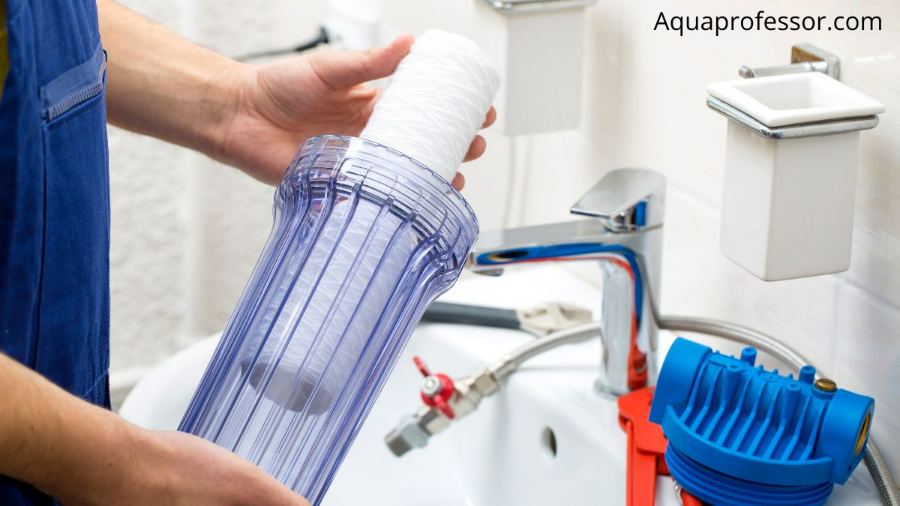
This type of filtration passes the water through 0.1 to 10 microns of a pore-sized semipermeable membrane. The larger microplastics get struck on the membrane while the remaining water passes through the tiny pores.
Pros
- The process doesn’t yield any wastewater.
- Installation is not much hard.
- Powerful disposal of harmful larger-sized contaminants (including larger-sized microplastics) and harmful bacteria.
Cons
- Since the membrane pores are 0.1 to 10 microns, slightly smaller-sized microplastics might not get trapped within its filter.
- The expenditure for maintenance and repair might be huge.
Ultrafiltration
This type of filtration uses the same technology as microfiltration but is more effective.
The membranes in this kind of filter have pores ranging from 0.1 microns to 0.01 microns, thus eliminating even the smallest plastic particles from water, making the water purer than the water filtered through the Microfiltration system.
Pros
- Retains vital minerals in the purified water.
- Installation can be done with minimal effort.
- Low water pressure is enough to start the system.
Cons
- Eliminates only a limited quantity of contaminants (including tiny plastic particles).
- Requires frequent maintenance due to abrupt stoppages.
Nanofiltration
Nanofiltration also uses the same technology as microfiltration and ultrafiltration. The only difference is that this technology’s membrane pore size is 0.001 micrometers.
Thus, Nanofiltration is the most effective among the three methods in the filtration of microplastics.
Pros
- Supremely Powerful in handling harmful contaminants and can filter even the minutest plastic particles.
- It doesn’t waste any water.
- It can be installed within a very short time.
Cons
- There is no guarantee of the non-stop working of the machine for a longer period.
- It’s expensive compared to microfiltration and ultrafiltration systems, and the maintenance or repair cost is even higher.
Filtration Using Carbon Filters
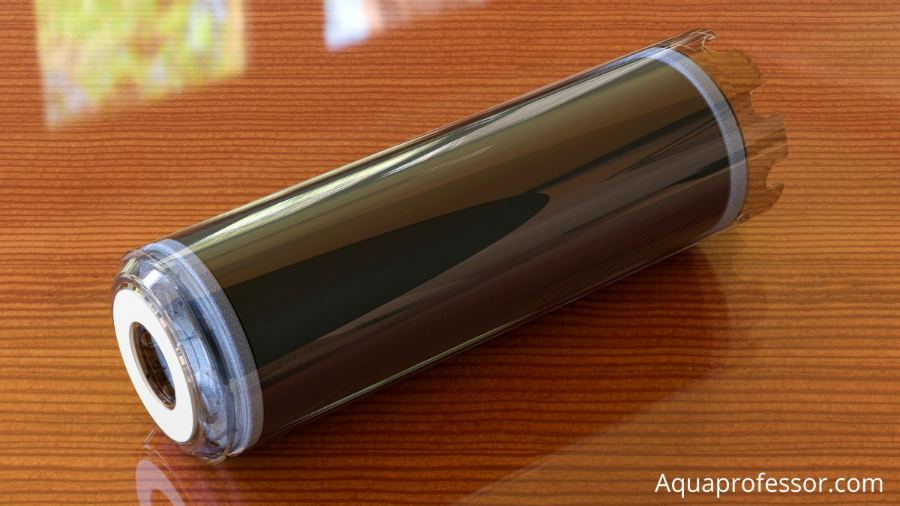
Carbon filtration is an automated/mechanical yet effective process for removing microplastics from water. These filters trap the unwanted contaminants in their small pore spaces within their carbon media.
Conclusion:
With this carbon filtration technology, the pigments, adsorbed contaminants, and polymer additives of the tinier plastic particles, along with the connected plastic components, get attached to the carbon surface, thus freeing the water from the plastic impurities.
Carbon filters are of two types:
GAC (Granular Activated Carbon)
The size of carbon particles varies from 0.8 mm to 1 mm in this type of activated carbon filtration system. Here, water usually forms paths between the carbon elements.
As a result, the system filters the impurities very fast. However, this fast-activated carbon filtration process lets more tiny plastic particles or impurities pass into clean water.
Thus, with the help of activated carbon filters, this filtration process is not very effective in removing plastic particles.
Pros
- It’s a fast activated carbon filtration process in which the filter works at high-speed.
Cons
- The process is not 100 percent productive as many tiny plastic particles or impurities pass into the clean water due to the fast filtration process.
Carbon Block Filters
These powdered activated carbon filters are much denser than the Granular Activated Carbon filters and have smaller sizes (>0.18 mm). Though these filters take much time to remove the tiny plastic particles, they do the task much more effectively than the Granular Activated Carbon filters.
However, the GAC or Granular Activated Carbon filtration and carbon block filtration systems are less effective than RO filtration, microfiltration, ultrafiltration, and nanofiltration systems.
Pros
- The filter membranes have very small-sized pores (>0.18 mm) and thus cleanse the water of microplastics more effectively than GAC filters.
Cons
- Their filters don’t work as effectively as the filters of RO filtration, microfiltration, ultrafiltration, and nanofiltration systems.
Important To Note:
Some people think boiling water removes tinier plastic particles. But, it’s not the case as, physically, no filtration process occurs in boiling water. Boiling water effectively kills microorganisms such as harmful bacteria but doesn’t help eliminate pieces of plastic from water.
Distillation
Distilling water helps reduce smaller plastic particles from your tap water by keeping behind the suspended impurities.
However, some microplastics/nanoplastics are fine enough to suspend in the air by evaporating with the water before condensing them in the water distillation enclosure.
Pros
- Active disposal of fatal contaminants (including tinier plastic particles) and harmful bacteria.
- Installation takes very less time.
Cons
- Needs electricity for the process’s function.
- Water purification speed from tiny plastic particles and other contaminants is slower.
Also, it’s always better to avoid bottled water as it may contain microplastics too.
Why Remove Microplastics From Drinking Water?
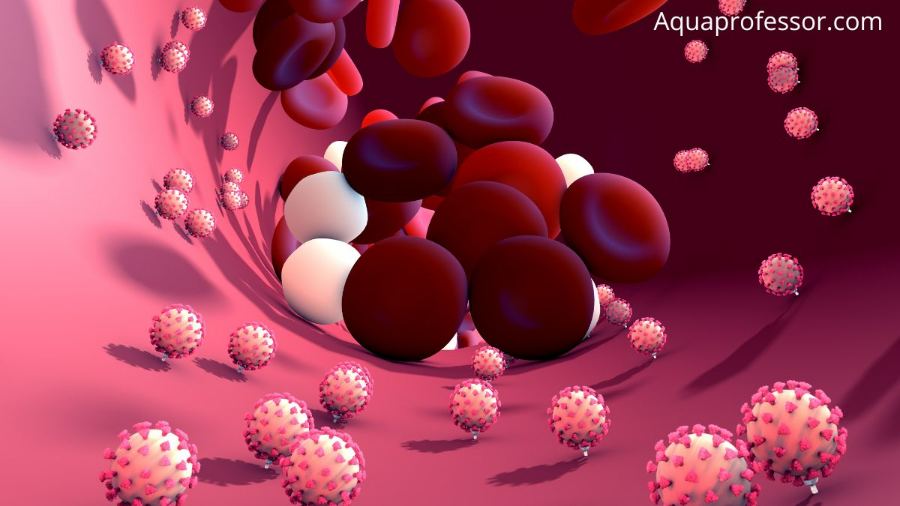
Research on microplastics by Orb Media reveals that nearly 83 percent of tap water samples taken from the houses of over a dozen countries are polluted by microplastics.
Removing microplastics from drinking water as well as drinking water system is essential as they can cause the following harmful effects on health:
We should eliminate these tiny plastic particles from seawater and other places as:
Recently, WHO (World Health Organization) has produced a detailed report on microplastics in drinking water. There it says that:
According to WHO, microplastics can enter our bodies:
As per accessible data, the World Health Organization confirms that treating wastewater can remove 90 percent of these diminutive plastic particles from tap water.
Besides, WHO recommends people minimize plastic usage as much as possible to save water bodies from plastic pollution and prevent microplastics’ harmful effects on human health.
Also Read: How Safe Is Costco Bottled Water?
How Do I Know If Microplastics Are Present In Drinking Water?

Detecting microplastics in drinking water is important so you can treat them appropriately, stop plastic pollution and save human health from various hazards and potential health risks.
But these tinier plastic particles are challenging to detect as they are invisible and odorless.
The promising way to detect these plastic particles is to get your home’s tap water tested by certified labs. You can do Microplastics Water Test from Tapscore using either self-testing kits or transmitting your tap water samples to their certified lab.
The Water Systems Council recommends Tapscore for your home’s drinking water testing with the help of your tap water samples and testing kit. Testing your tap water from Tapscore.com gives you the following benefits:
Does Reverse Osmosis Remove Microplastics: FAQs
What are Microplastics?
Microplastics are tiny plastic pieces whose lengths are less than 5 mm. They are formed when large pieces of plastics get fragmented over time and end up in oceans, lakes, animals’ bodies, and tap water directly or indirectly from various sources.
It is found that these tinier plastic particles, in the form of microbeads, are today present everywhere in our atmosphere, apart from drinking water sources.
How do microplastics get into the water?
Microplastics usually get into tap water or freshwater environments in the following ways:
1. Surface run-off
2. Wastewater effluent
3. Combined sewer overflows
4. Degraded plastic waste or atmospheric deposition,
5. Industrial effluent
Does Brita remove microplastics?
Water filters definitely remove microplastics. But, water filters with simple carbon media, like Brita, though beneficial in removing bad odors and taste from tap water, are incapable of treating the microplastics in water. So, to treat microplastics in water and get rid of them, it’s best to install POU RO water filters.
However, distillation systems, ultrafiltration systems, or GAC filters can also be helpful.
Does bottled water contain microplastics?
Yes, as per recent studies, bottled water can contain microplastics. The researchers found that about 93% of bottled water comprises synthetic polymer plastic particles in the form of microplastics. Among those synthetic plastic particles, most of them are quite visible with the use of a regular microscope.
So, it’s better to avoid buying bottled water for drinking; otherwise, these tinier plastic particles from plastic bottles may enter our bodies and harm us.
How to detect microplastics in drinking water?
Microplastics can be detected in drinking water with the help of FTIR & Raman spectroscopy. This technique allows Microplastics up to 1 Micrometer to be analyzed without difficulty. For conducting home-based water kit tests for microplastics, you can trust tapscore.com.
Adarsh is a Health & Nutrition Sciences graduate with expertise in environmental health. He is associated with ventures like Glacier Fresh Filter and Simpure Filter Systems. Through Aqua Professor, he intends to provide helpful information to every home to help them make smarter decisions.
